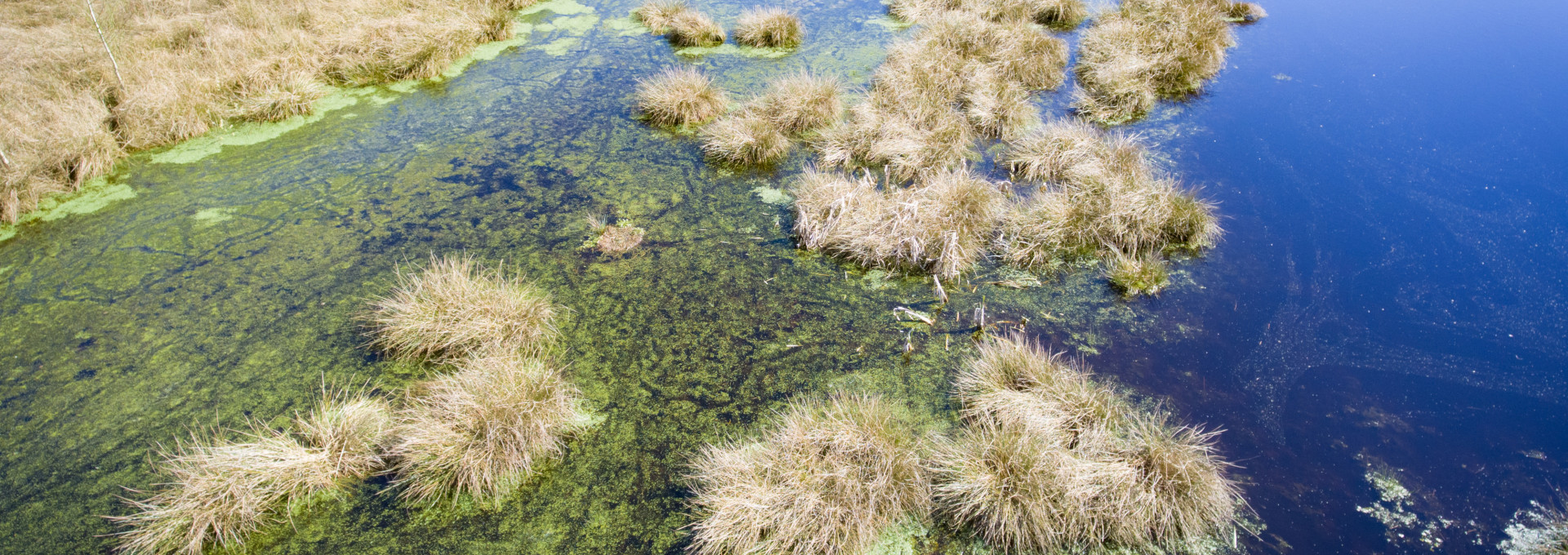



Drained peatlands under agricultural use are responsible for seven percent of Germany's greenhouse gas emissions. Restoring drained peatlands turns them into carbon sinks. Paludiculture may create the necessary economic incentives for peatland restoration.
Wetlands take up little space, but can store large amounts of carbon. This is especially true for peatlands, a type of wetland in which mosses have been able to form a thick layer of peat over hundreds of years. While they occupy only 3 percent of the global land area, they store 500 billion tons of carbon – this compares to 861 billion tons of carbon stored in the world’s forests on 30 percent of the global land area. Nevertheless, in recent centuries, 98 percent of German peatlands have been drained, largely for agricultural use. Every year, these drained areas are responsible for about 7 percent of Germany's greenhouse gas emissions.
Accordingly, the potential of peatland restoration for climate mitigation and adaptation is great: in a near-natural state, they not only store more carbon, but also improve water quality, soil water retention, act as nutrient filters and serve as a buffer during floods and extreme precipitation events.
In Germany, drained peatlands are often under agricultural use, securing their owners’ livelihoods. To restore peatlands in these areas, economic incentives have to be created, for example through paludiculture. In paludiculture, renewable raw materials such as reeds, peat moss or black alders are grown on wet soils. Such production methods are still mostly prototypes, but the National Peatland Protection Strategy and the Federal Action Plan on Nature-based Solutions for Climate and Biodiversity create a political framework for new markets and further innovations.